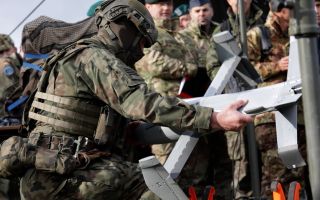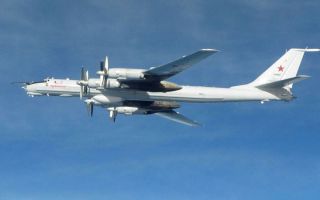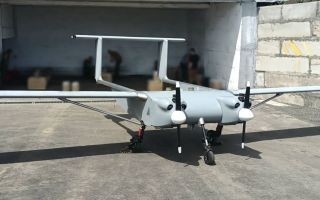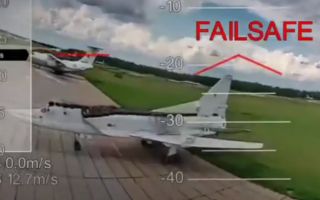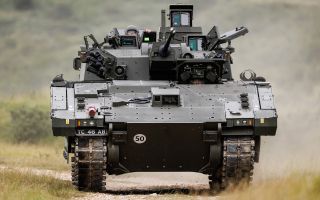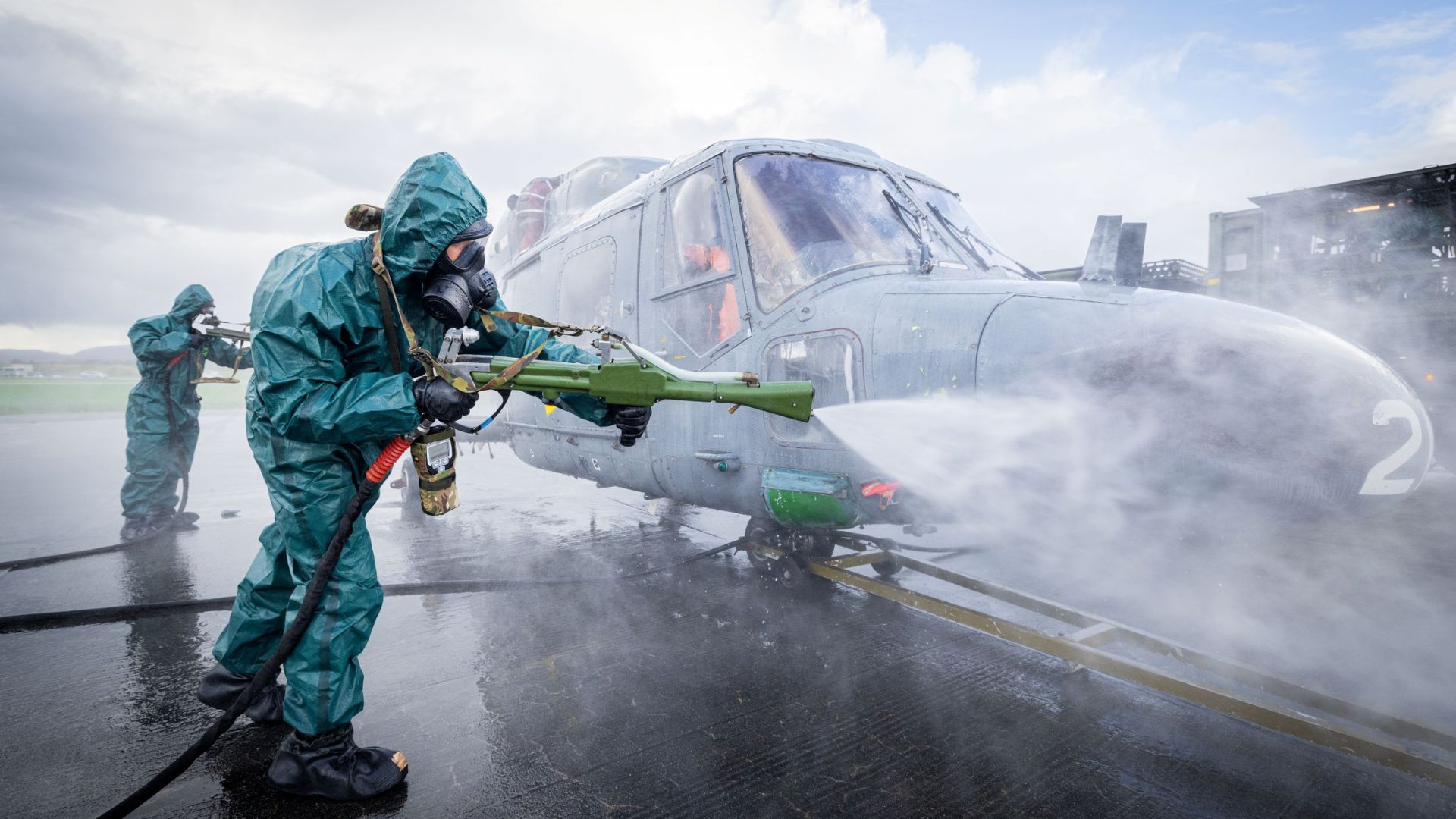
Gas! Gas! Gas! RAF specialists lead Nato's response to CBRN threats on Ex Toxic Trip

RAF specialists have played a leading role in strengthening Nato's ability to operate in hazardous environments.
This year's Exercise Toxic Trip, hosted by the Royal Norwegian Air Force at Ørland Air Base, focused on responding to Chemical, Biological, Radiological, and Nuclear (CBRN) threats posed by state and non-state actors.
The ongoing conflict in Ukraine has heightened the awareness of the importance of CBRN preparedness. Last month, Ukraine's military claimed Russian forces had unleashed more than 11,000 chemical weapon attacks since the start of their full-scale invasion, exposing at least 3,000 Ukrainian troops to toxic agents.
The invisible enemy
During Exercise Toxic Trip, RAF personnel delivered a Federated Air C-CBRN capability (FACC), a concept developed by Nato that combines the air capabilities of member nations to act as one integrated force.
It involves sharing detection, identification, and decontamination capabilities to protect aircraft, personnel, and infrastructure, ensuring air operations can continue rapidly after a CBRN incident.
Specialists from across the RAF Global Enablement Force took part, including RAF Regiment Gunners, RAF Fire and Rescue Services, and experts from the RAF Centre of Aviation Medicine.
Operating in a CBRN environment isn't just the responsibility of specialists; it requires the determination and capability of the entire force to ensure operations can continue in these challenging conditions.
Air Specialist Malkin, an RAF Regiment Gunner with the Air CBRN Protection Group, said: "Working alongside multiple nations during Exercise Toxic Trip has been a highly valuable experience.
"Our Chemical Reconnaissance team was employed effectively by the task force commanders, particularly in support of casualty evacuation operations, which reflected positively on the UK contribution."
Corporal Hemming from the Defence Rehabilitation Centre added: "The exercise has allowed us to showcase our adaptability in challenging environments; from overcoming the weather to modifying decontamination drills to protect our NATO colleagues whilst enhancing our own C-CBRN techniques."
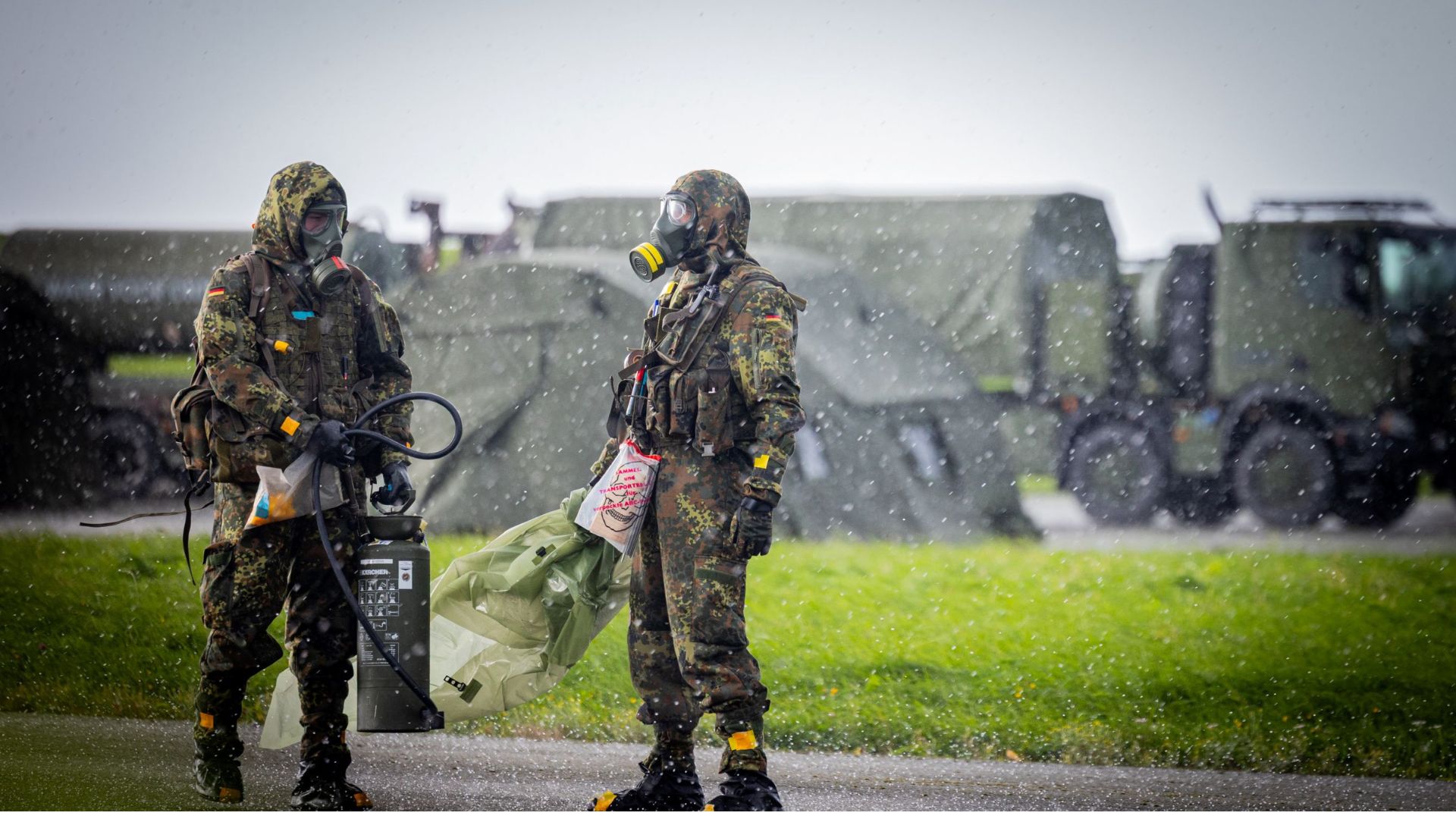
As a cornerstone of Nato's efforts to enhance air C-CBRN preparedness, Exercise Toxic Trip strengthened interoperability to ensure member nations can deliver air power effectively in hazardous environments.

